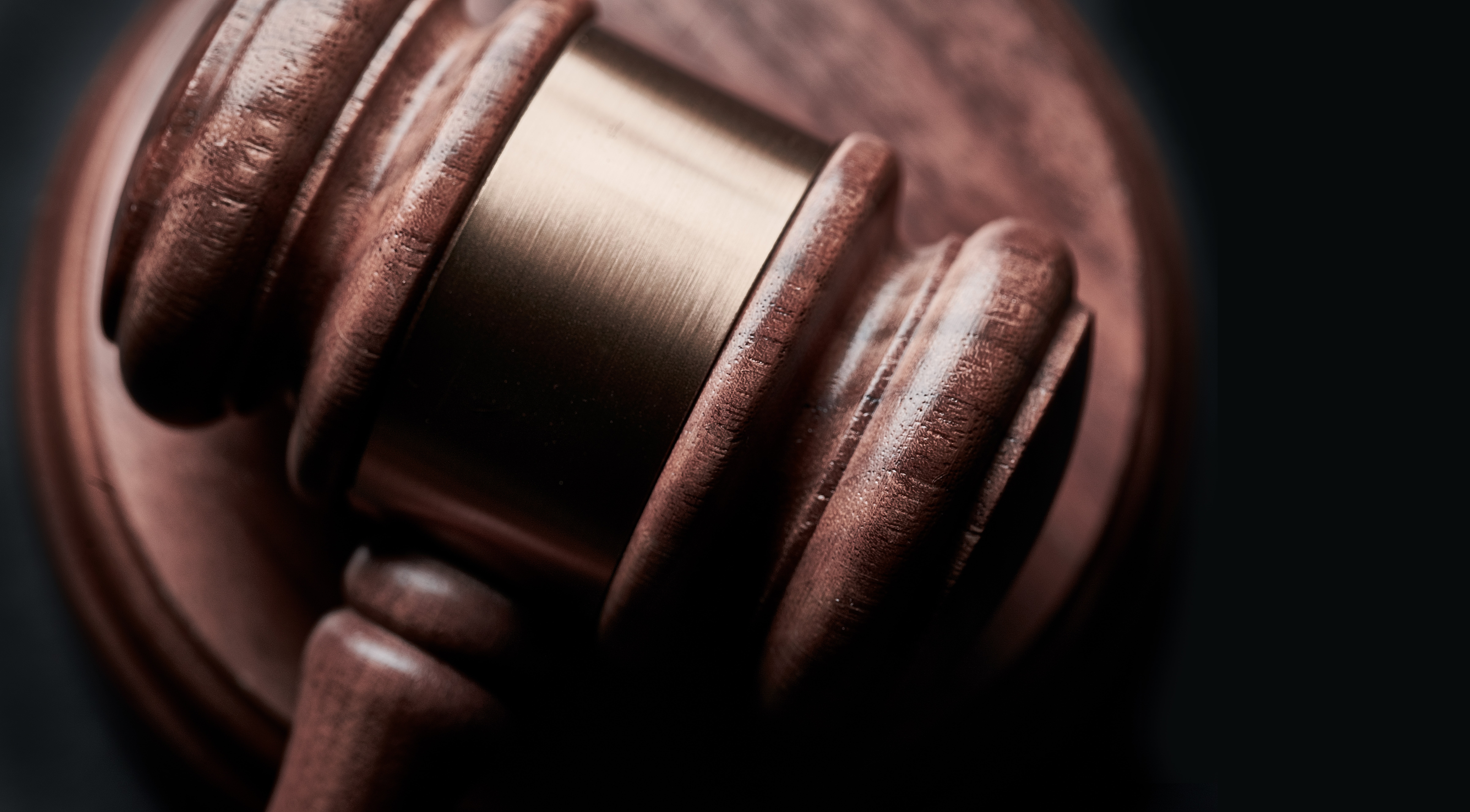New gTLD Sites Add New Challenges to Brand Owners
Anyone involved in on-line activity, whether it for selling, marketing, brand protection, or domain management are aware of the new top level domains which were introduced in 2013 and are unfolding on a regular basis. In addition to the most common top level domains, .com, .net, .gov, etc., will be added a staggering number of new generic top level domains with endings such as: . shoe, .shop, .running, .apparel and so on. Almost 2,000 new top-level domains were registered during the initial offering period. Companies are still exploring how they will use these to create a unique identifier for their company and their brand. Imagine the magnitude of the .com world multiplied by 10, 20 or 100!
You can surely bet that the on-line infringer is also pondering how they can capitalize on this as well. This new frontier is well suited to the infringer and counterfeiter. Although they are still outside the mainstream focus of the .com world, this new sites offer a haven for on-line abusers to operate with little risk of detection. Since many infringers and counterfeiters do not rely on high visibility search engine marketing, they can operate under the radar. These counterfeiters rely on social media, blogs, and word of mouth to advertise their websites and the products they sell. Again, the Internet has provided more advantages for infringers and counterfeiters to operate without fear of detection.
I’ve been reading how trademark disputes in domain names has increased in 2015 as these new top level domains have come on line. Not a surprise, as infringers test the limits of trademark owners. Although, I don’t have exact statistics, but I’m confident that every trademark owners is not registered with the Trademark Clearing House and thus unaware when an infringer registers a domain with their trademark.
Even those sites that do not incorporate a well know trademark in the domain name can still damage a brand by using anonymous sites to sell counterfeits to unsuspecting buyers they can lure to their sites. Because the awareness of these new top-level domains is still low, many brand owners are not focusing their brand protection efforts here.
Brand owners cannot monitor this themselves, and they should not be naïve in thinking that they do not need to worry about this new threat. On-line technology is moving too quickly and infringers and counterfeiters use this dynamic evolution to their advantage. Brand owners need sophisticated tools to combat very sophisticated on-line criminals.
Obviously, the risk of trademark abuse and counterfeit activity is greatly increased with these new top level domains and the domains associated with them, but also the cost of managing and maintaining a brand protection program is greatly increased. Both the UDRP and DRS actions to reclaim high jacked domains are expensive and time consuming. Expanding your on-line brand enforcement will also cost you more as well. Brand owners must now, more than ever, learn how to prioritize their brand protection activities to focus on the truly damaging sites rather than any and all sites.
